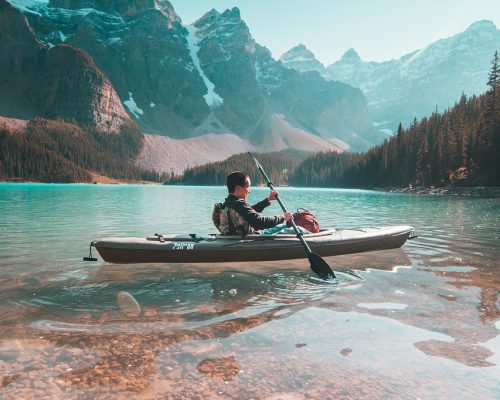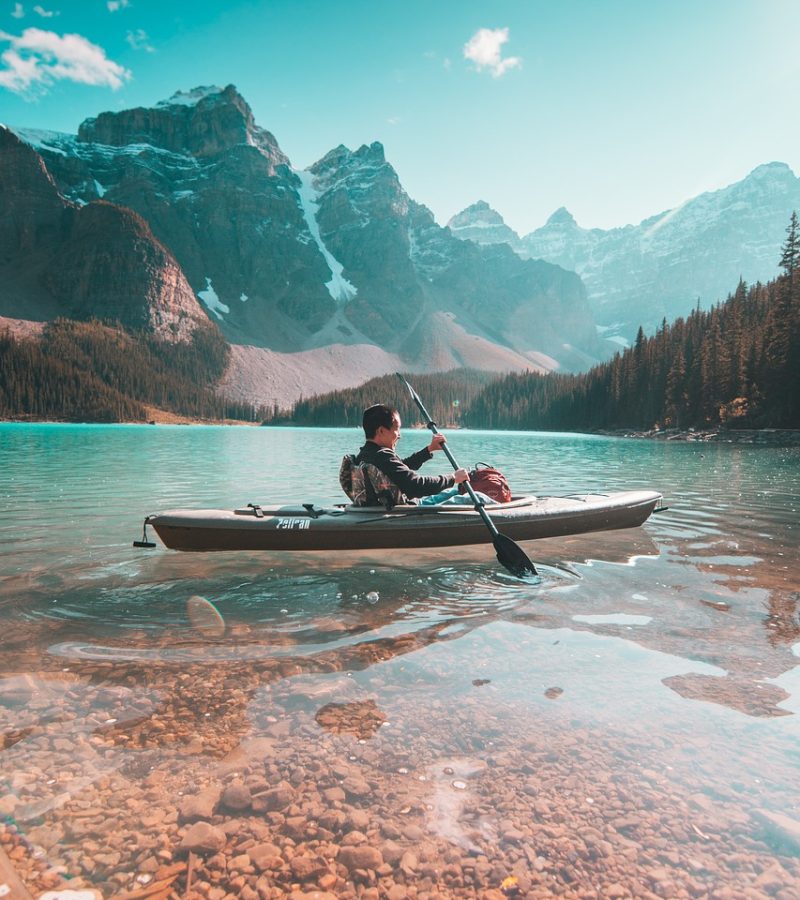Life jackets, also known as personal flotation devices (PFDs), are fundamental to boating safety. They provide buoyancy in case someone falls overboard, keeping them afloat and reducing the risk of drowning.
Different types of life jackets are suited to various boating activities. Type I jackets offer maximum buoyancy, ideal for open waters. Type III vests are often used for watersports, offering mobility and comfort. For more details about padlespesialisten.
Most regions mandate a life jacket for every passenger on board, with strict rules for children. Many laws require children to wear life jackets at all times while on deck. Ensure compliance by checking local regulations and making sure you have enough life jackets for everyone, including spares for unexpected guests.
Fire extinguishers are critical on any boat equipped with an engine or fuel system. Fires on a boat can be difficult to control, as they spread quickly and may require different extinguishing techniques. Having a fire extinguisher within reach can be the difference between a minor incident and a serious emergency.
Boats typically require Class B extinguishers, designed to handle flammable liquids like gasoline. The required size and quantity depend on the boat’s length and engine size. Check local laws for specific guidelines. Learn more details about ullundertøy.

Visual distress signals, such as flares and signal lights, are essential for alerting nearby boats or rescue teams in emergencies. These devices are especially important for nighttime or offshore boating, as they enhance visibility in low-light conditions.

Visual signals include handheld flares, floating smoke signals, and distress flags. Each type has specific uses, with flares commonly used at night and smoke signals effective during the day. Some modern boats also have electronic distress lights, which are visible from great distances and don’t pose the fire risk associated with traditional flares.

Many regions require specific distress signals based on where you’ll be boating. Coastal and offshore boaters often need more robust signaling options, such as aerial flares, while inland boaters might only need flags.
Sound-producing devices, such as whistles, horns, and bells, are essential for communication on the water. They allow boaters to signal intentions, alert others of potential hazards, and request help.
In areas with heavy traffic, effective use of sound devices can prevent collisions by enhancing visibility and clarity. Understanding the various signals used on the water improves navigation and coordination with other boats. For more details about sup brett.

Learning standard sound signals enhances safety, as they’re universally recognized. For example, one short blast typically means “I intend to pass you on my port (left) side,” while two blasts signal passing on the starboard (right) side.
A well-stocked first aid kit is indispensable on any boat, as medical assistance may not be immediately available. Boating can involve injuries from falls, cuts, or sunburns, so having basic medical supplies is essential.
Basic first aid kits should include bandages, antiseptic wipes, adhesive tape, pain relievers, and scissors. For boating, add seasickness medication, aloe vera for sunburns, and waterproof adhesive bandages.
Periodically inspect your first aid kit, checking expiration dates and replacing used items. Keeping the kit in a waterproof container protects contents from moisture. Make sure all passengers know its location and contents.
Common sound devices include air horns, whistles, and electric horns. Each has specific uses, with horns typically used for longer signals and whistles for short, attention-grabbing bursts. Some regions mandate specific devices based on boat size, so check local regulations to ensure compliance.
Navigation lights are essential for night boating, improving visibility and communication with other vessels. These lights indicate your boat’s position, size, and direction, helping prevent collisions.
Navigation lights are required by law for boats operating between sunset and sunrise or in low-visibility conditions. Maintaining functional navigation lights enhances safety, as they enable other boaters to see and identify your boat.
Climate and tides are dynamic powers that shape the sailing experience, introducing the two open doors and difficulties. Figuring out how to decipher weather conditions, screen tides, and utilize present day apparatuses sets you up to with certainty explore.
